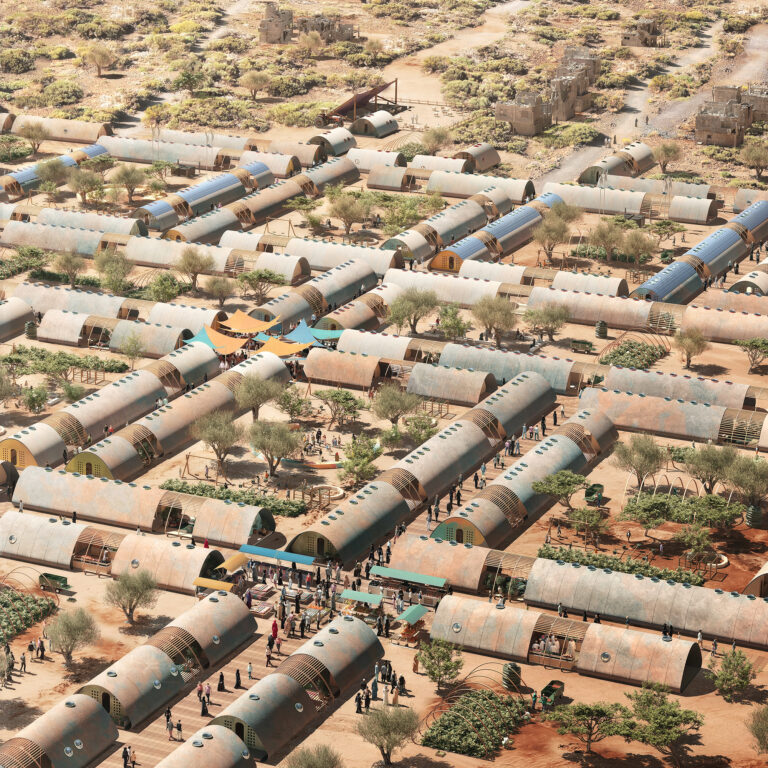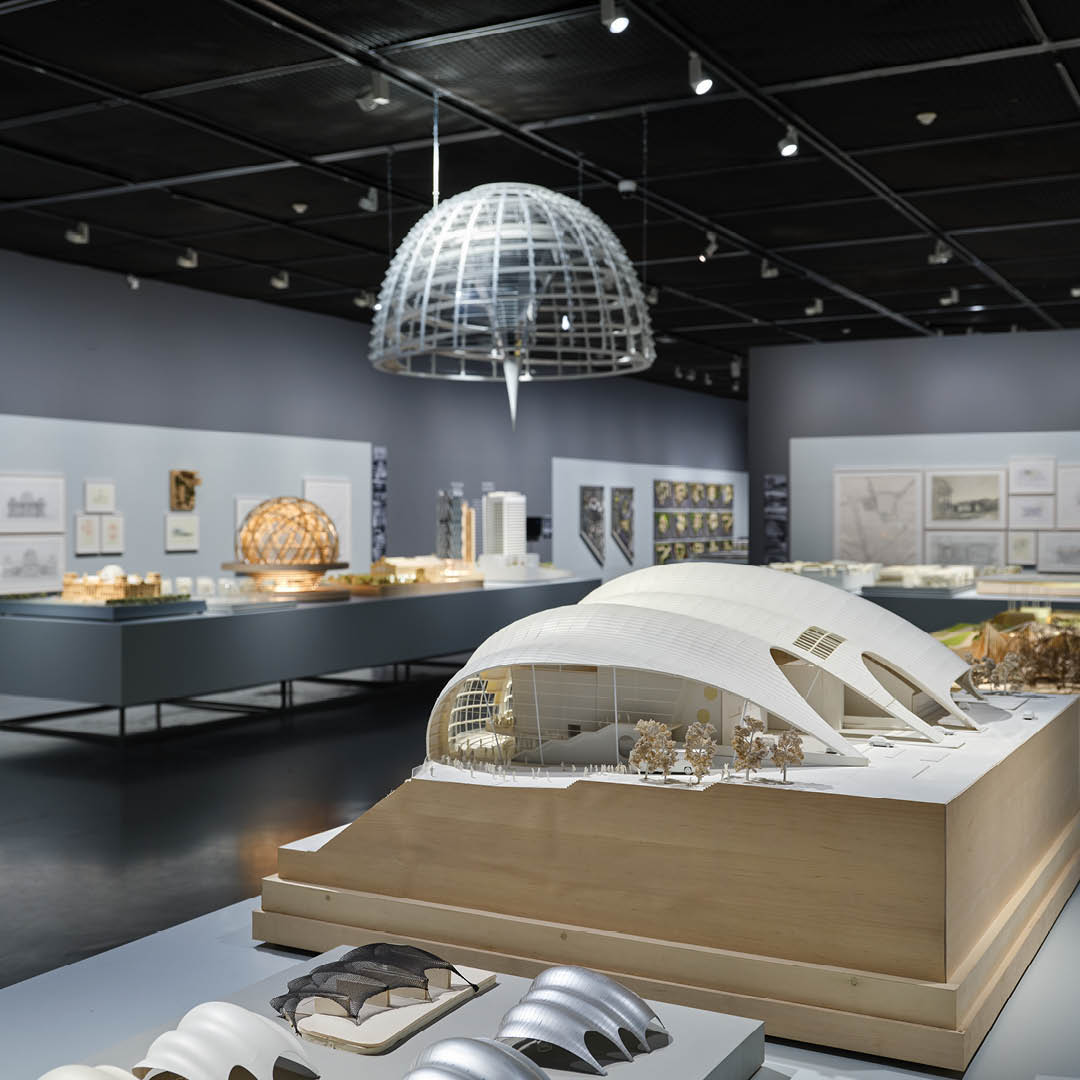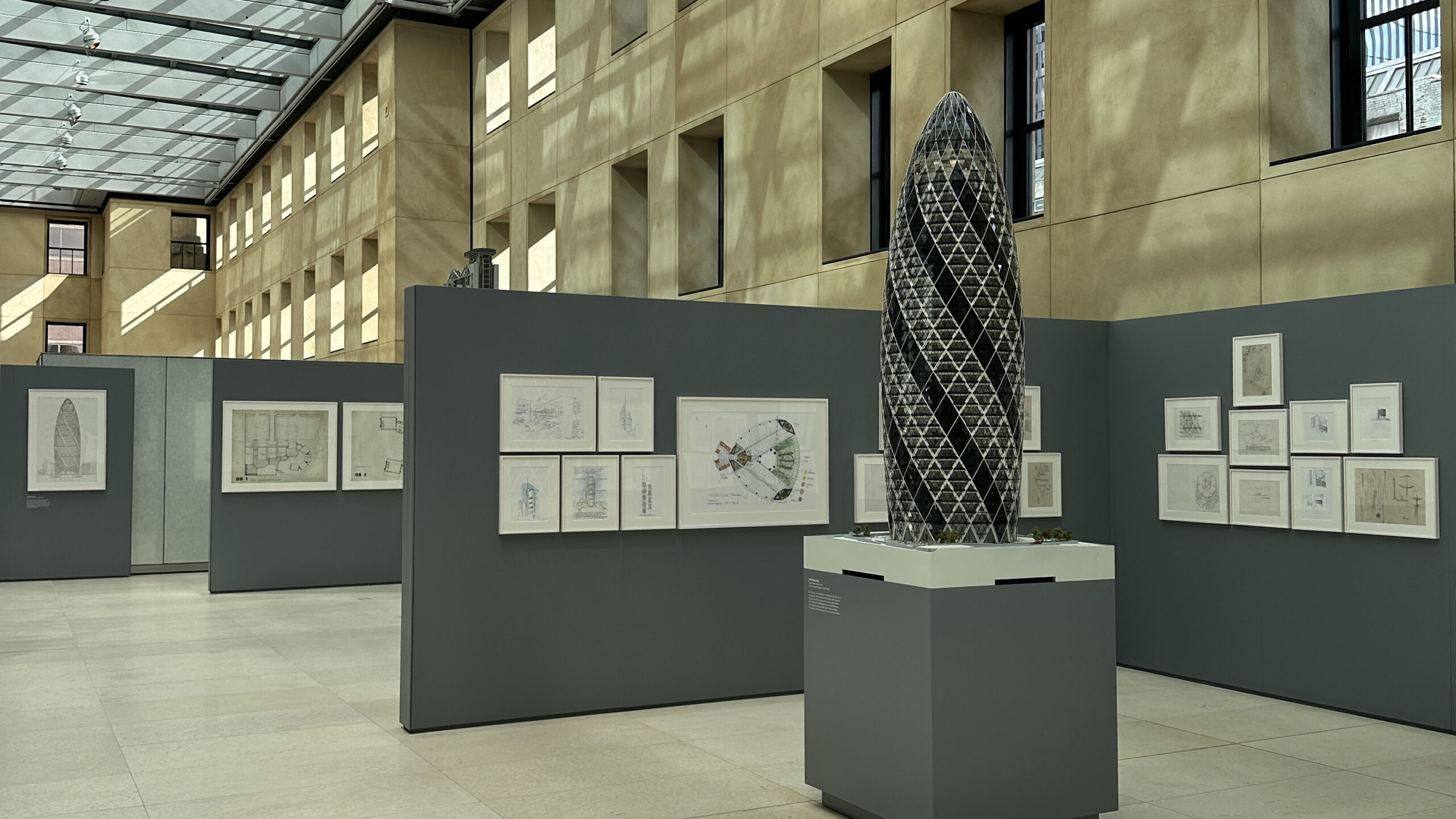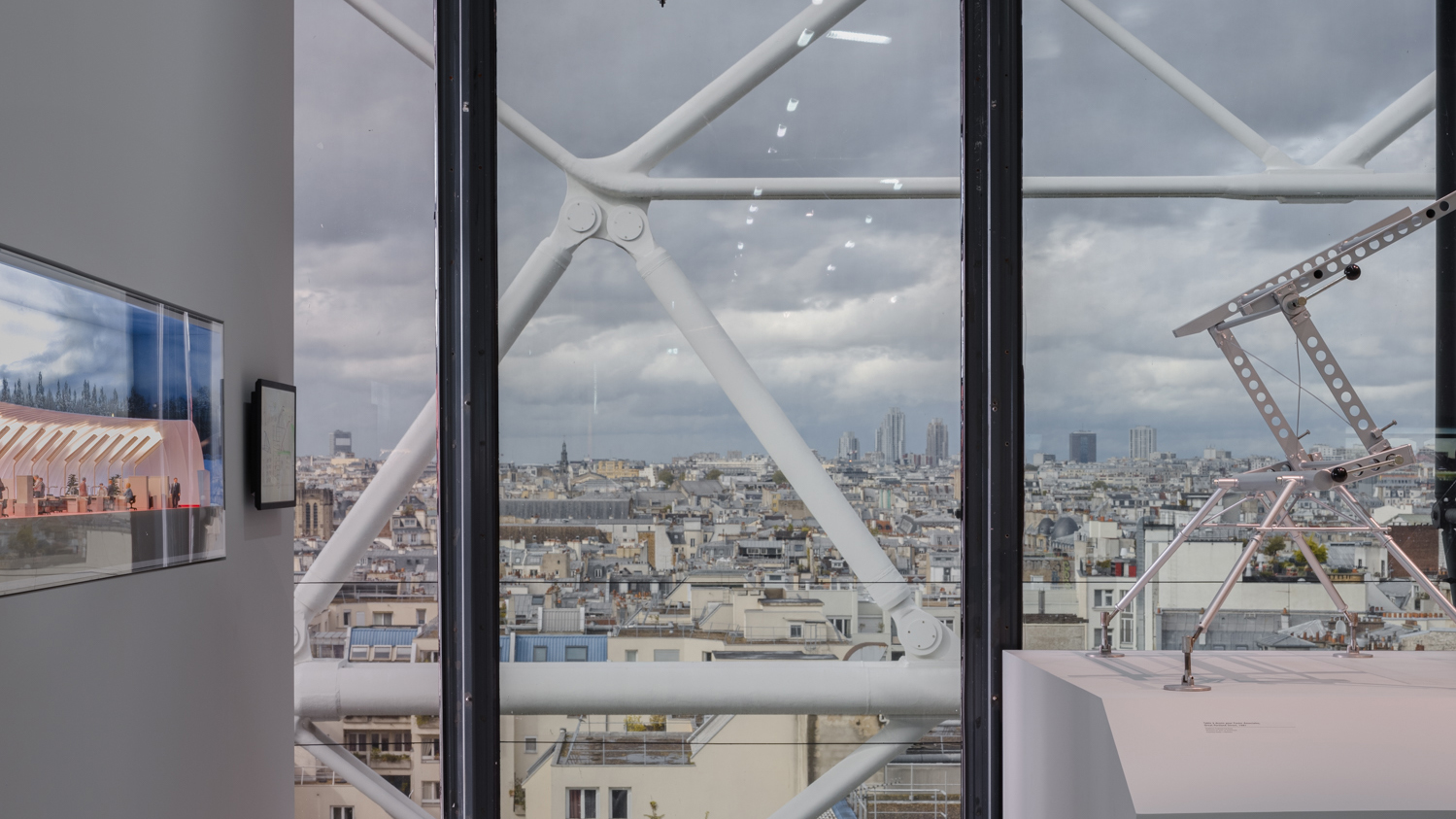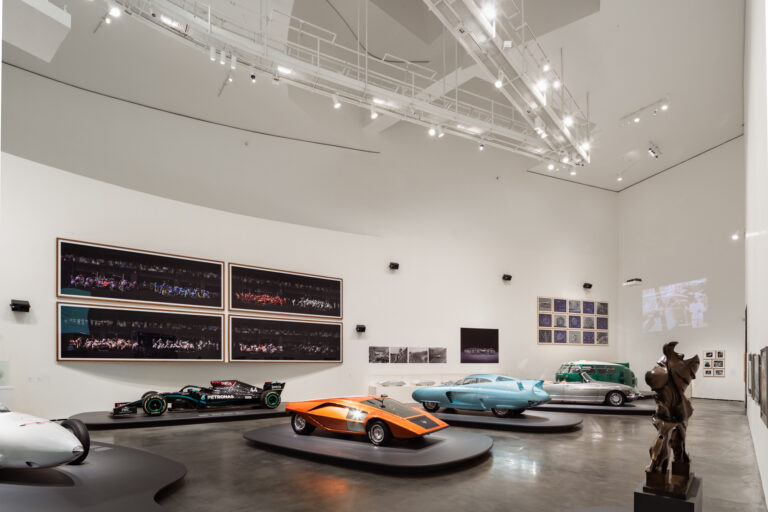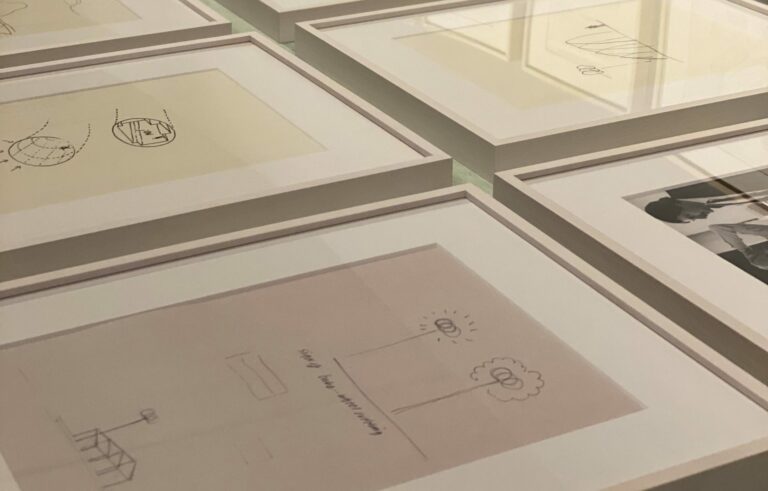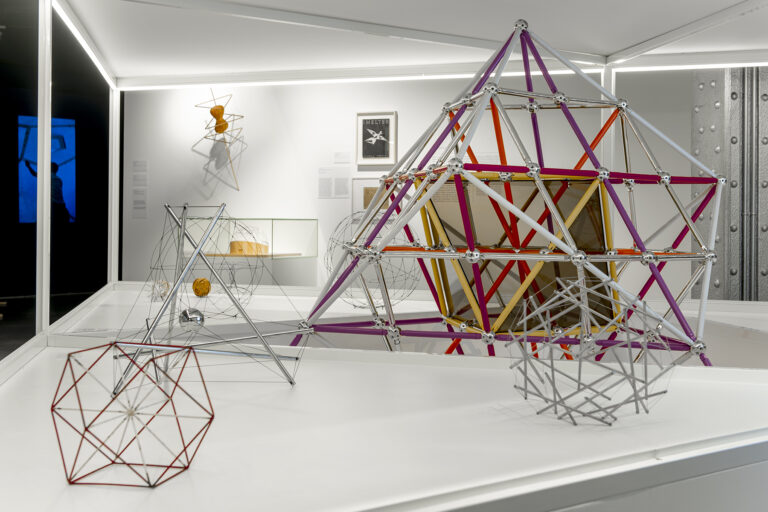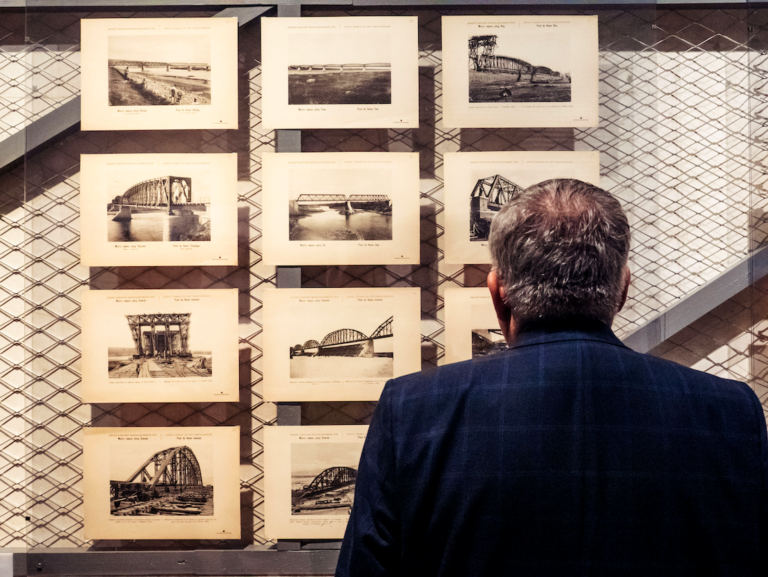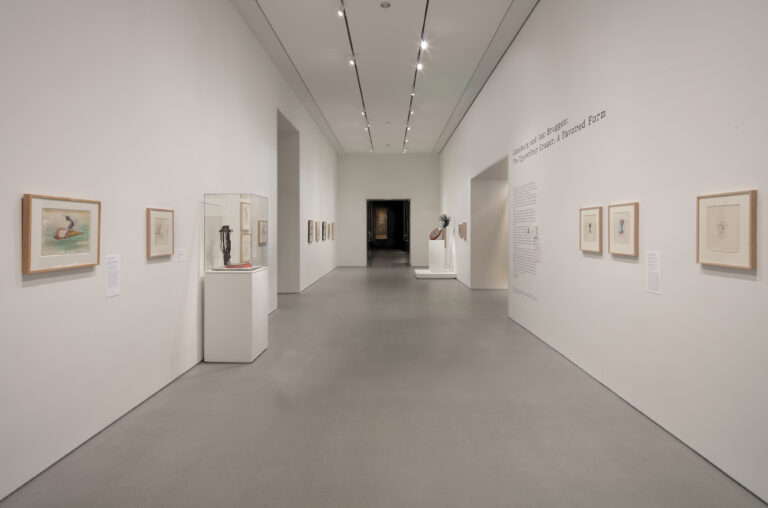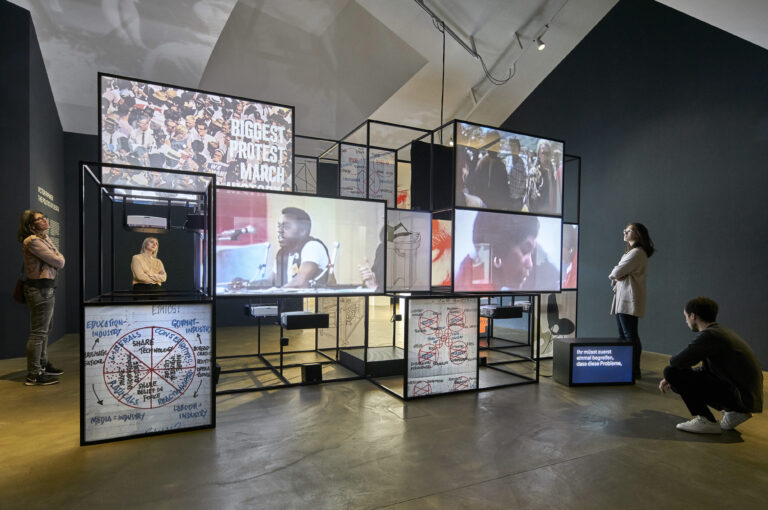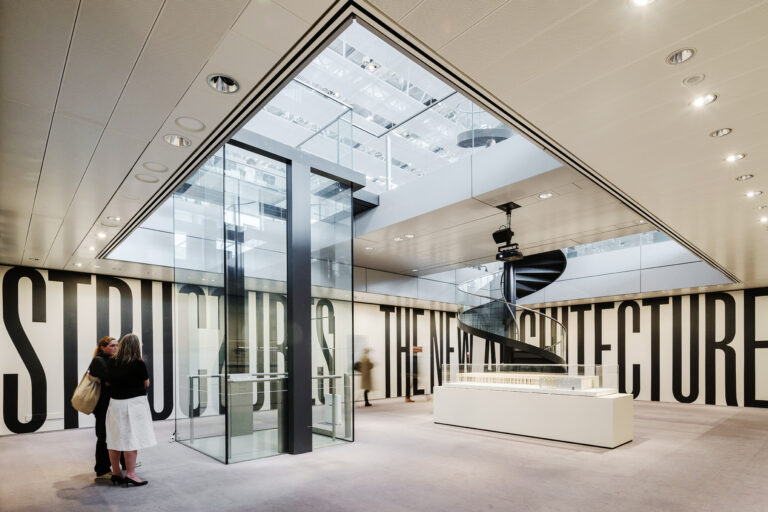‘Towards a More Equal Future’ at the 24th Triennale Milano International Exhibition
The Norman Foster Foundation will be part of the 24th Triennale Milano International Exhibition with an exhibition titled 'Towards a More Equal Future'. The Norman Foster Foundation will present a series of seven projects that explore the theme that gives name to the upcoming International Exhibition, titled 'Inequalities'.
‘Vertical City’ at Transamerica Pyramid
The 'Vertical City', a new exhibition of tall buildings by Norman Foster, opens at the newly refurbished Transamerica Pyramid.
‘Future Positive’, an exhibition at Seoul Museum of Art (SeMA)
The exhibition ‘Future Positive’, open until 21 July 2024, introduces the work of Norman Foster to Korean audiences for the first time. The exhibition offers a comprehensive overview of the architecture of Foster.
‘The Vertical City’ Exhibition in New York
'The Vertical City' exhibition is now open at the Hearst Tower in New York City. The exhibition showcases Norman Foster's design work focusing on skyscrapers, hosted in one of the architect's most iconic buildings.
‘Norman Foster’ at Centre Pompidou, Paris
From 10 May to 7 August 2023, Centre Pompidou in Paris held the largest Norman Foster retrospective, curated by Frédéric Migayrou in collaboration with the Norman Foster Foundation and Foster + Partners.
Technoscape, The Architecture of Engineers
From 1 October 2022 to 10 April 2023, The Norman Foster Foundation collaborated with Museo Nazionale delle Arti del XXI Secolo (Roma, Italia) in its latest exhibition, 'Technoscape. The Architecture of Engineers', by lending a selection of drawings by Norman Foster from our Archive.
Motion. Autos, Art, Architecture
From 8 April to September 18, 2022, the Guggenheim Museum Bilbao hosted 'Motion. Autos, Art, Architecture', an exhibition curated by Norman Foster and organized in collaboration with the Norman Foster Foundation.
Shukhov. The Formula of Architecture
The Arsenal Centre of Contemporary Arts presented the exhibition Shukhov. Formula of Architecture, in collaboration with the Shchusev State Museum of Architecture (MuAr), the OMK (United Metallurgical Company) and the charitable foundation OMK-Uchastie. The exhibition, curated by Mark Akopyan and Elena Vlasova, will run from 20 July to 7 November 2021 in Nizhny Novgorod, Russia.
Otl Aicher. Metro Bilbao. Architecture and Landscape at the Museo de Bellas Artes de Bilbao
This November sees the opening at the Museo de Bellas Artes de Bilbao, of the largest exhibition to date spotlighting German graphic designer Olt Aicher’s, with more than 200 works and projects.
Buckminster Fuller at Espacio Fundación Telefónica in Madrid
The Espacio Fundación Telefónica in Madrid, Spain, presents a new exhibition into the mind of Richard Buckminster Fuller, an American designer, architect, thinker, philosopher and visionary.
Victor Papanek: The Politics of Design
The exhibition Victor Papanek: The Politics of Design is the first big retrospective on the designer, author and activist Victor J. Papanek (1923-1998).
Shukhov: The Formula of Architecture
In collaboration with Shukhov Tower Foundation, the Schusev State Museum of Architecture presented 'Shukhov: The Formula of Architecture'.
‘Oldenburg and Van Bruggen: The Typewriter Eraser, A Favored Form’ exhibition
Considered one of the founders of Pop Art, Claes Oldenburg's (American, born Sweden, 1929)
Victor Papanek: The Politics of Design
The Vitra Design Museum presented the first large retrospective focusing on the designer, author, and activist Victor J. Papanek (1923–1998).
Osvaldo Borsani Exhibition
The first retrospective exhibition of Osvaldo Borsani - architect, designer and co-founder of Tecno - is open at Milan’s Triennale Design Museum until 15 September 2018. The show is curated by Norman Foster and Tommaso Fantoni.
‘Superstructures: The New Architecture 1960-90’
The Sainsbury Centre for Visual Arts presents ‘Superstructures: The New Architecture 1960-90’, curated by Jane Pavitt and Abraham Thomas, and marking the 40th anniversary of the opening of the gallery, the first public building designed by Norman Foster.
Norman Foster. Common Futures
The exhibition 'Norman Foster. Common Futures', curated by Prof. Luis Fernández-Galiano, and sought to popularise the architect’s work and his vision of the future among a wide audience while revealing his sources of inspiration. The show, open from 6th October 2017 until 4th February 2018, focused on the continuities in Foster’s work and confirms how the future and the past can inspire the present.

